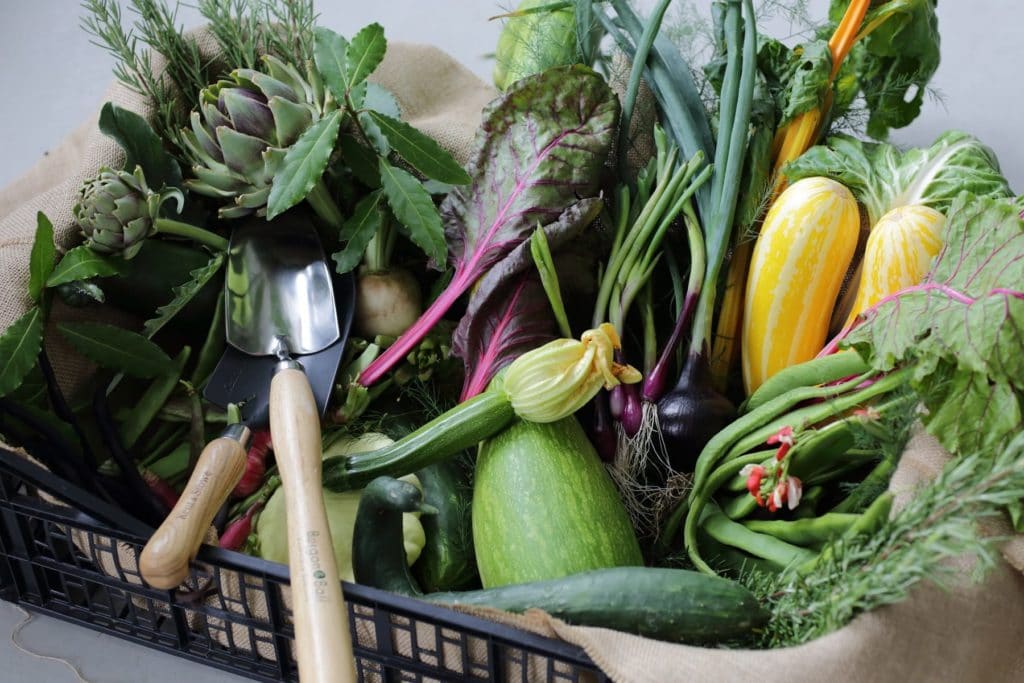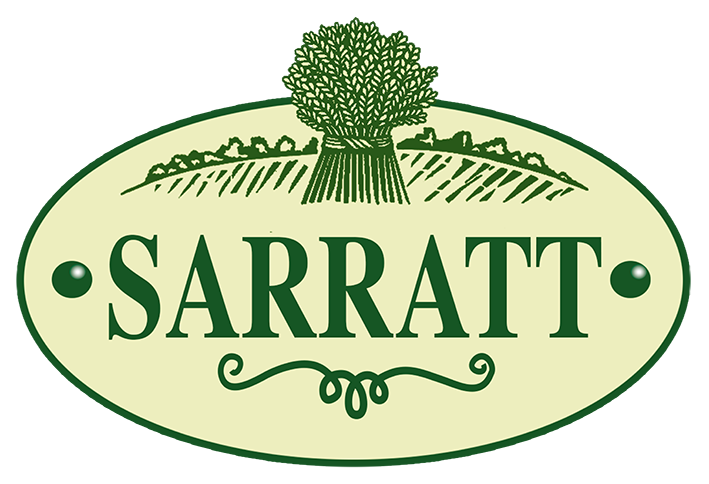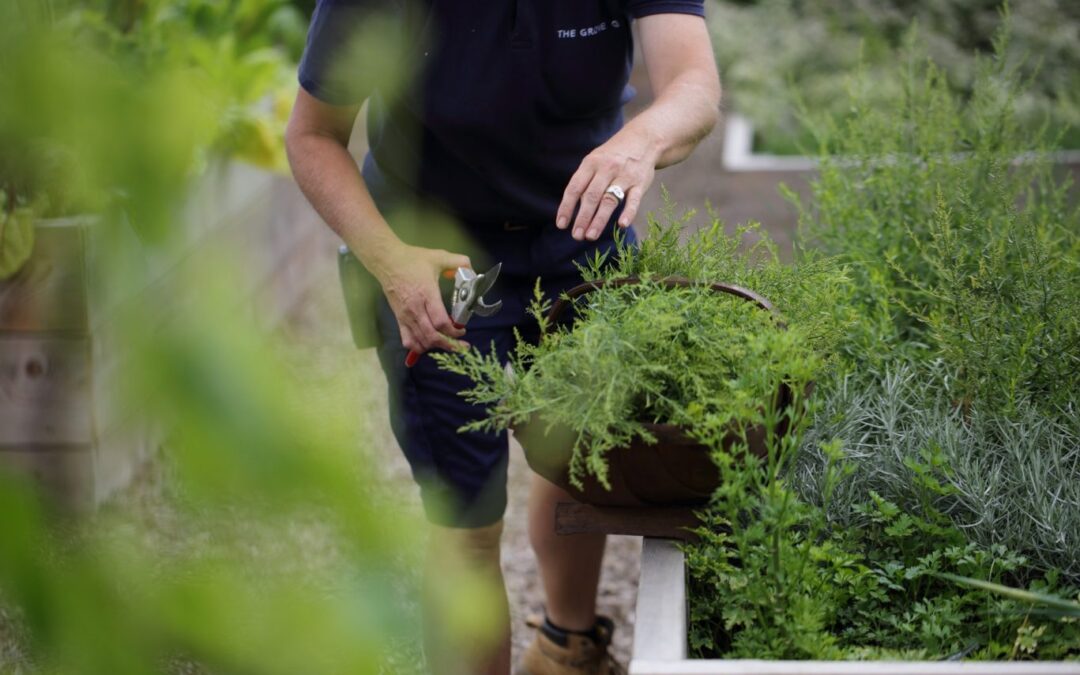Top five tips for growing your own produce
Spend your extra time in the garden this spring, and be inspired by Jemima’s Kitchen Garden to create your own mini veg patch! Below, our Gardens Supervisor, Abby Evans shares her top five tips to get you started.

1 . Mix up your planting, grow ornamentals and edibles together
We associate vegetable gardening with the typical Victorian rows upon rows of monoculture and many people are under the impression that you need to dedicate a whole new space for growing your edibles. This however is not necessarily true and it doesn’t have to be so regimented. Our new practice in the garden is permaculture, where we use nature’s own design to grow our edibles. This includes a diverse polyculture – many plants of different species that before would be separated into their crop rotation groups, now all grow together. For example, you could plant rainbow chard in amongst your herbaceous borders, you can grow peas up your trees or even carrots and greens as ground cover.
2. Don’t get stressed about the pests
Don’t see every little pest on your plants as a terrible sign. Try to see your garden as part of a very delicate and important eco system. If you had a very sterile growing environment with zero pests (which is usually only possible by using pesticides and insecticides) you would attract no natural predators to keep the balance in check, no pollinating insects, no birds. These beneficial predators need a food source, so first try to provide an environment that will attract more of what you want and put down the spray bottle. Using mixed planting will also deter bigger birds from munching on all those brassica leaves, the varied shapes, heights and textures of the plants confuse them so they should just fly on past.
3. Space
If you have very limited space, think vertical as opposed to horizontal. Vegetables can be grown up walls in pockets, suspended in hanging gutters and grown in pots. There are some very clever ways that you can maximise your space, think about layering too, layer your plants in different soil depths that require different levels of nutrients – for example you could layer bulbs, with salads, with perennials and ornamentals, then have a climbing edible growing in between, this could be in just one meter squared. Use every inch of space that is available to you.
4. Less is more
When it comes to sowing and growing it can be hard to know the quantities to sow. Spring finally comes round and we find we want to sow everything! However, I would always recommend sowing in small quantities every couple of weeks, and choose plants that you can harvest multiple times throughout the season – even through winter. One or two courgette plants will feed a family for the growing season, anymore and you will find it hard to give them away! I always recommend to try out some unusual varieties and not something that you could just buy in the supermarket.
5. Right plant right place
Think about your growing conditions, and then think about plants that are suited to those conditions. It’s much healthier to have a space full of plants that are happy and take care of themselves, rather than constantly having to manipulate their environment so that they can live. Utilise tall plants to cast shade for those that need it, use legumes to enrich the soil with nitrogen, use drought tolerant herbs in poor soils, not only will this save you time and energy, its also a much more sustainable way of gardening.
Discover more about The Grove’s gardens and the wonderfully green-fingered team here

